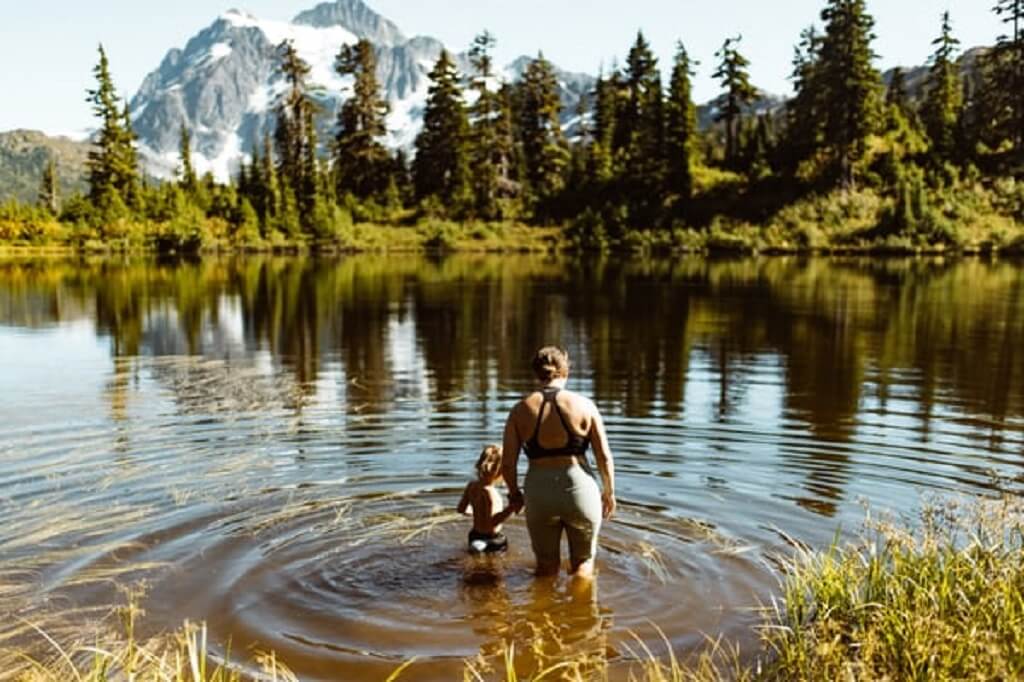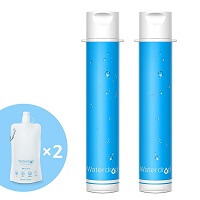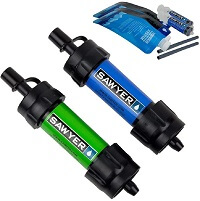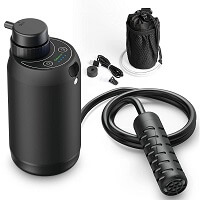The Innovation and Discovery of A Straw
An inventor from America named Marvin Stone registers a patent regarding drinking straws composed from manila paper in 1888. Formerly, people used straws made from pure ryegrass, giving their drinks a grassy taste. Stone developed a model for straw made from paper by winding a paper strip around a pencil. Following the growth of vehicles in the 1950s came the emergence of processed food. For drinks and meals quick and easy, these restaurants swap reusable glassware having cheap disposable packaging. Plastic substitutes paper in the 1960s, Straws were being replaced by oil-based disposable products. Since then, all plastic straws manufactured are still being used. Straws have become widespread since the 1980s.
Travel Issues
Once you dedicate your life to travel, you must understand that things may not always go well. Some journeys go without a hitch, while others do not. Some problems can be planned for, while others must be dealt with on the spot. Preparation is the most extraordinary remedy to the majority of travel issues. Occasionally you'll have to be resourceful and creative regarding your solutions, yet that's part of the fun of traveling. It's not possible to plan for everything, yet no situation is unmanageable.
Pollutants in Natural Water Resources
Whenever we go outside for more than a single day, we typically can't bring sufficient water supply for every one of our tasks. The lightweight mindset encourages us to carry less water; this implies that we'll regularly get water through wilderness sources. In comparison to urban water bodies, wilderness water supplies have fewer hazardous chemicals. Nevertheless, understanding the sorts of dangerous chemicals in natural water resources and learning how to cope with them is critical for a person's health and a lovely outdoor adventure.
- Viruses are uncommon within pure water bodies, although they exist, including enterovirus, culex virus, rotavirus, hepatitis A, and others. This infection manifests itself in a variety of ways. Traditional filters are incapable of removing viruses from bodies of water. In a nutshell, before consumption, water obtained naturally should always be treated.
- There are several different types of bacteria, like Salmonella and E. coli, and the most common signs of infection include fever and diarrhea. Yet, with the help of a filter, it is possible to remove them.
- The following are the most frequent parasites found in freshwater sources:
- Amoeba protozoa: found primarily within tropics, people infected have a fever, bloody stools, muscular pains, and diarrhea.
- Cryptosporidium microplus: It is located mainly within animal feces and is exceptionally tolerant within natural water sources; In the guise of oocysts, they may persist utterly independent of any host lasting a long time.
- Giardia lamblia: Infection indications include diarrhea and muscular pains when an intestinal parasite causes it. It is Found primarily in extremely chilly water.
- Filarial worms, Tapeworms, and some other parasites also are spread by fecal-oral transfer.
Heavy metals and pesticide contamination inside the field are uncommon pollutants. Traditional portable water filtration techniques are incapable of removing chemical contaminants. The only possible way to dodge is to by hiking far from the large crowd. Monitoring the water's texture and color and living organisms' growth around the source of water might assist in preventing drinking water tainted with chemicals to a certain extent.
Choosing The Right Water Resource
Selecting a source of water is a critical stage in the treatment of drinking water. A sensible selection of water sources could minimize a few of the time-consuming processes of purifying the water while also lowering the risk of sickness caused by contaminated drinking water.
Whatever type of source of water you may select, be careful to inspect the nearby region for feces, animal carcasses, and if the water seems to have an unusual odor or color.
We propose that pick water that flows downhill from a high place, or that is rapidly flowing, or which is shallow and has a bunch of rocks at the surface; this is the best type of water supply.
Flowing water doesn't entirely degrade, so it is challenging for protozoa and bacteria to survive in significant quantities in this type of water. Moreover, water coming downhill from high areas via rock layers is already filtered. The surface water of this type of stream is practically devoid of massive particles, and few colloids within the water get collected at the base. So, this is the finest water available. Meaning it just doesn't have any strange tastes.
The water from the lake is again the alternative of waiting. The greater the lake's size is, the more acceptable it will be. Smaller lakes will be less conductive and fluid for protozoa and bacteria to thrive. The odor of purified lake water would be much reduced.
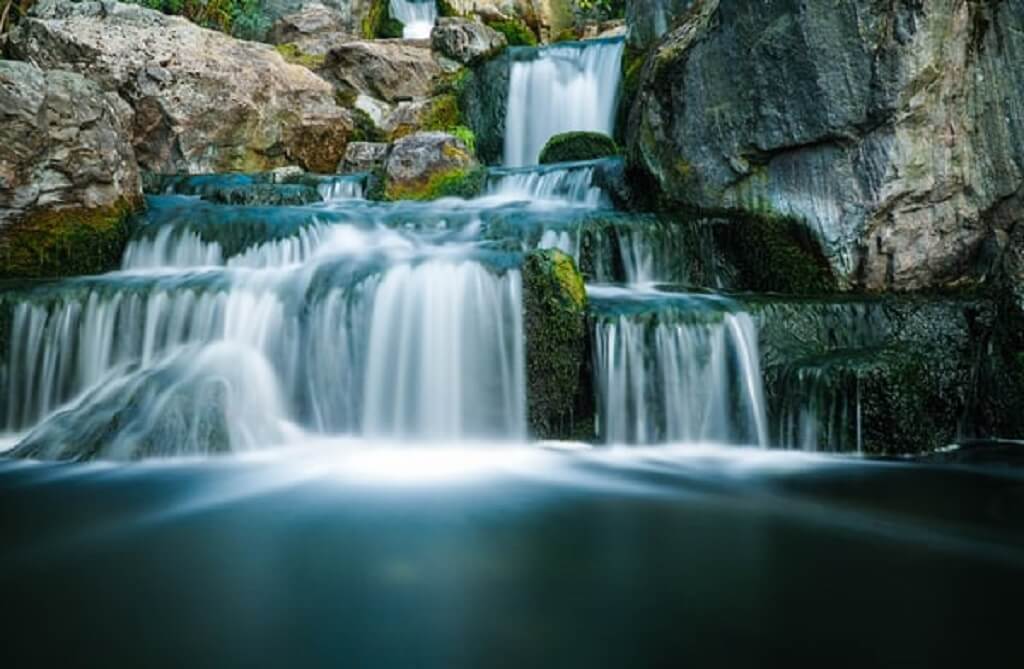
Life Straw's Usage on Great Adventures
Consuming filtered water might make your vacation healthier and much more pleasurable, especially if you travel frequently or look forward to embarking on outdoor activities. The life straw could convert wastewater into drinkable water. It's a 31-mm diameter and 16 cm long plastic tube having filtering cartridges and materials, For instance, a screening PP cotton, ultra-filtration membrane iodine resin, ion exchange resin, activated carbon. Other filter material pairings maintain the water pureness (higher than or equal to lg7~lg8, which still is fresher than so many highly developed nations' waters from the tap). As a result, various types of filthy water may be disinfected and filtered to provide water to drink, avoiding illnesses caused by contaminated water, like dysentery, typhoid, and cholera.
By filtering up to 99.9 percent of bacteria and parasites from sewage, life straws can also help avoid dysentery. The gadget could also offer clean drinking water to earthquake, hurricane, or other catastrophe victims and serve as a hidden "weapon" for individuals to bring along on holiday travels to obtain water. Regardless of where they are, everyone requires a dependable supply of water to drink; however, it's particularly vital to have it during camping to prevent dehydration and be safe. Life straws remain among the numerous water purifying methods available when camping. Such water purifying straws are ideal for hiking, camping, or storing within emergency kits because they safeguard you against bacteria, protozoa, and microplastics ingestion.
Recommended Life Straw Products
Waterdrop Personal Water Filter Straw
This Waterdrop life straw can reduces 99% of harmful substances effectively. You can use with water bags or connect to water bottles to filtrate water for drinking. Both ends of it can be disassembled and connected with water bags and water bottles to offer you clean drinking water anywhere, anytime. It has a smaller frame but bigger capacity, can provide safe drinking water up to 100,000 gallons.
Sawyer Products MINI Water Filtration System
Ideal for outdoor recreation, hiking, camping, scouting, domestic and International travel, and emergency preparedness
Attaches to included drinking pouch, standard disposable water bottles, hydration packs, or use the straw to drink directly from your water source
Removes 99.99999% of all bacteria (salmonella, cholera, and E.coli); removes 99.9999% of all protozoa (such as giardia and cryptosporidium); also removes 100% of microplastics
Filter rated up to 100,000 gallons; includes two Sawyer MINI filters, two 16-ounce reusable squeeze pouches, two 7-inch drinking straws, and two cleaning plungers
Greeshow Electric Camping Water Filter
This water filter has an electric pumping, one-key operation, simple and convenient, free hands. It’s portable, compact and practical, and truly solve your outdoor water needs. It can reduce heavy metals, peculiar smell, fishy smell, truly meet drinking water standards. Built-in 2800mAh lithium battery,Continuous work 4h, Has a super fast flow rate of 700ml(23 oz.) per minute,it can filter 168L (5681 oz.) drinking water once charged.

